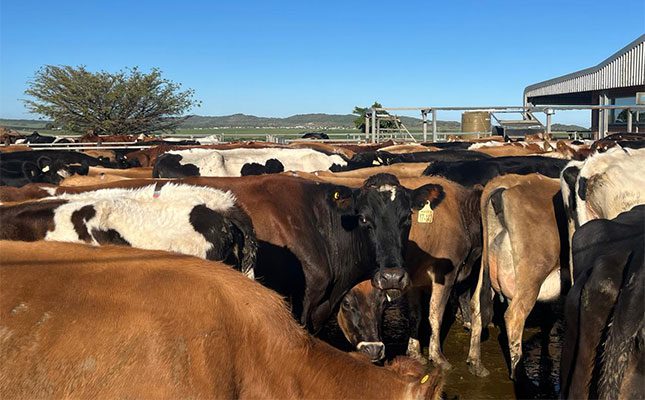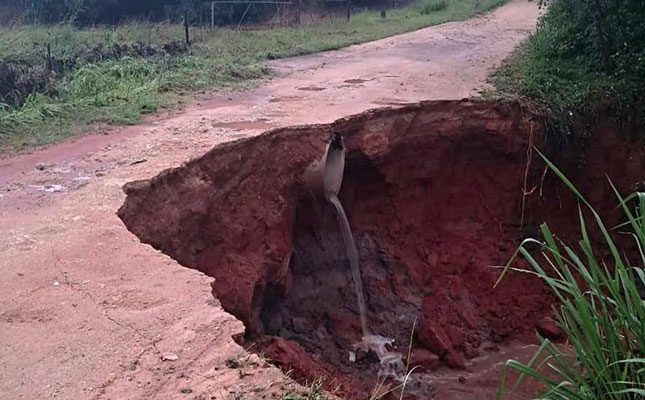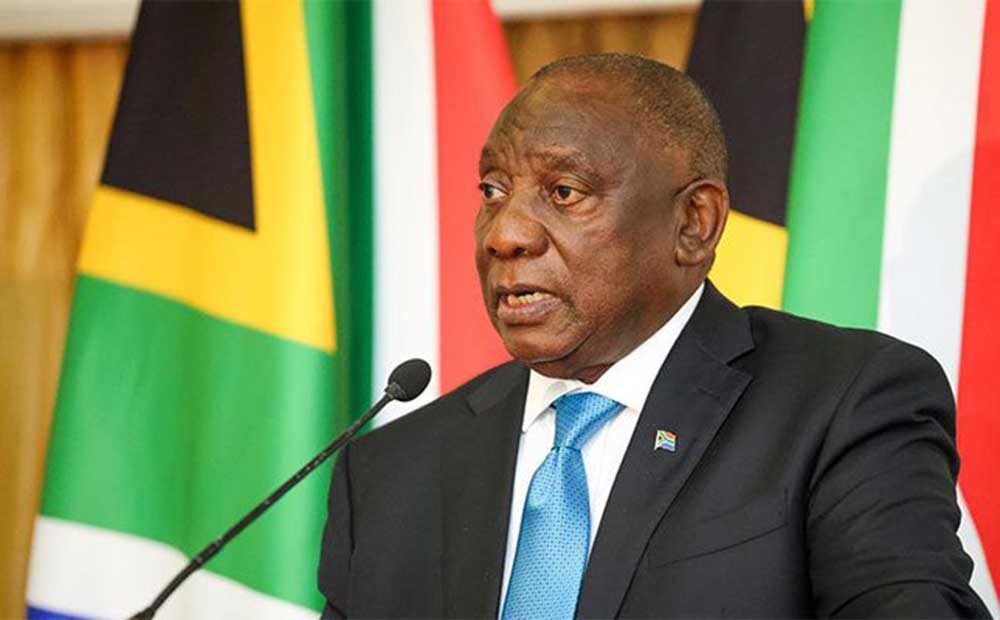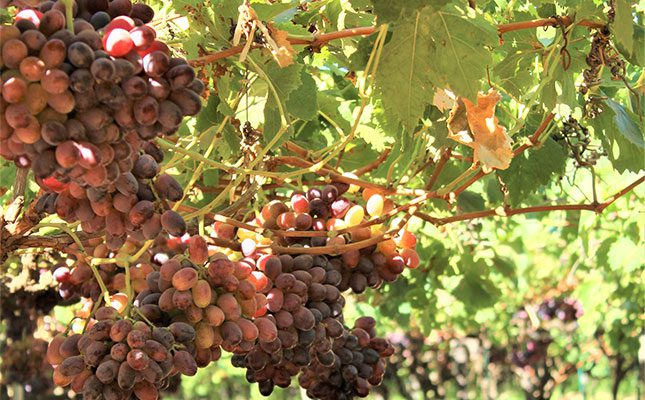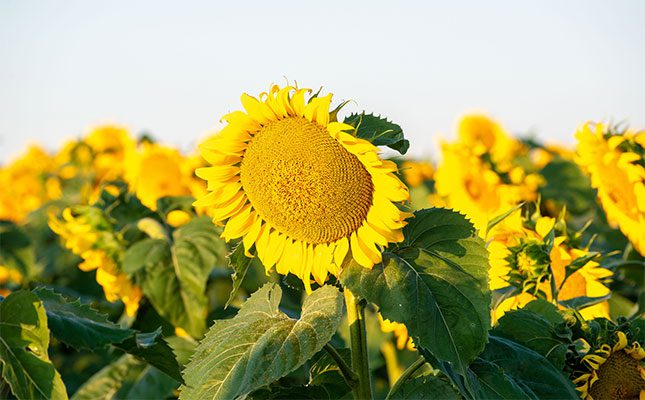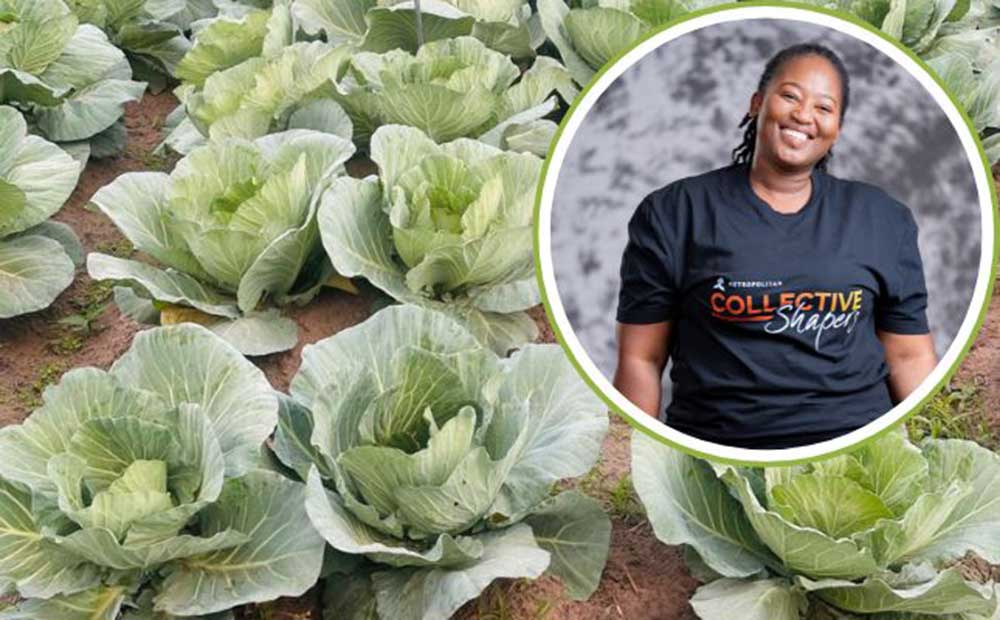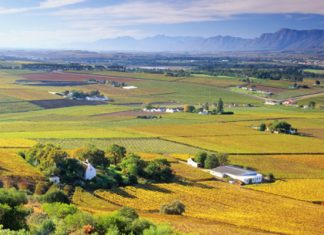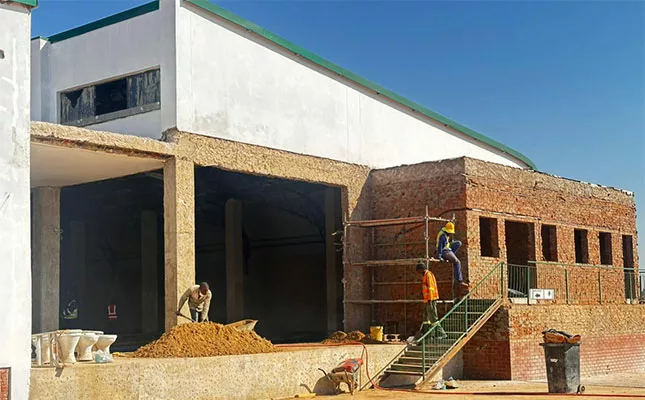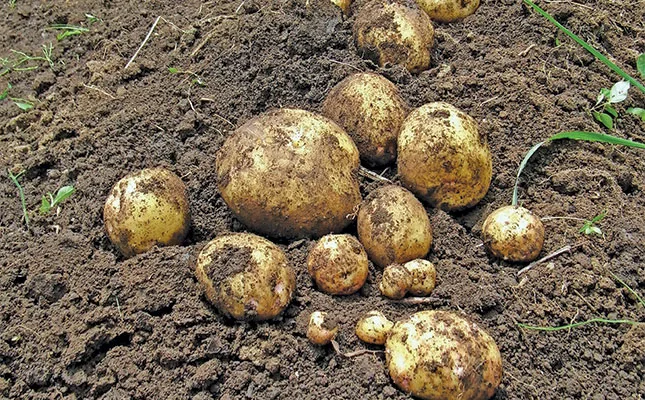
Photo: FW Archive
In a FreshPlaza article, Grow Fresh Produce Agents said the surge in supply had created significant pressure on the national market, with prices in August 2025 dropping to around R3,50/kg to R4/kg.
This was about R2/kg below production cost and nearly 50% lower than prices during the same period in 2024. Prices are expected to remain under pressure for the rest of the year and into early 2026.
Speaking to Farmer’s Weekly, FP Coetzee, manager of information and regional services at Potatoes South Africa (Potatoes SA), said there were several key factors behind this year’s bumper harvest, after the previous seasons saw higher prices due to losses from load-shedding and frost.
“Farmers have increased their potato planting, and the average yields are above normal levels owing to favourable weather conditions and improved seed quality overall. The number of hectares planted has [also] risen; however, the precise percentage has yet to be finalised. We anticipate it will be at least equal to or exceed the five-year average of 51 500ha,” he said.
“The challenge this year involves an increase in both hectares and yields, with earlier bottlenecks causing some of the major regions to market their produce concurrently with others. This has resulted in an increased supply of potatoes during specific periods, leading to quantities that are higher than normal.”
In response to the projected additional 12 million 10kg pockets from Limpopo, Coetzee said Potatoes SA was currently comparing 2025 with 2022, as the two years had relatively similar volumes.
“Certain regions in the Free State and Northern Cape are nearing [harvest] completion, which may alleviate some of the price pressure, similar to previous years. However, as was the case in 2022, this relief did not materialise due to the substantial volumes from Limpopo, which holds an 80% market share when marketing its primary crop.
“Consequently, we anticipate that prices will remain under pressure, at least in the short term. Additionally, temperatures in Limpopo are rising, which could soon lead to quality issues; however, we have a strategy in place to address this,” he said.
According to him, overlapping in production time frames between regions shouldn’t necessarily put further pressure on supply.
“Overlapping is not a concern if the regions that overlap are in the market for the standard time period, as the market can accommodate that. This year, however, bottlenecks in the eastern Free State and other areas of South Africa resulted in delays of up to a month. In other words, the harvest in the eastern Free State was a month late. This situation exerted pressure on markets due to increased volumes.
“Additionally, the potatoes harvested in the early regions lose their colour and compete with potatoes that are considered ‘new’ or ‘fresh’. The newer potatoes command a higher price, yet the market average is lower than it ought to be. Shelf life may also pose a challenge, depending on the season,” he explained.
Coetzee said several longer-term implications could arise if the current low prices continued into early 2026.
“These include producers exiting the potato industry if they are unable to endure the challenges. They face significantly high input costs, and potatoes are a specialised commodity.
“On the positive side, in years such as this, when prices are low, individuals who typically do not purchase potatoes are now buying them, which helps to build market share for the future.
“Potatoes SA is committed to fostering transparency across the entire industry, from the farmer to the buyer. We are in the process of revising our reports to reflect not only the prices of potatoes in fresh produce markets but also those in the retail sector. This initiative aims to assist producers and buyers in determining whether the prices farmers receive for their potatoes at fresh produce markets are appropriately transferred to the end consumer,” he said.

